Introduction
A Breeder Feeding System is an advanced automated feeding solution designed specifically for poultry breeder farms. It ensures accurate, uniform, and efficient distribution of feed to male and female breeders, helping maintain optimal health, fertility, and egg production rates. In modern poultry farming, manual feeding is not only labor-intensive but also inconsistent, leading to feed waste and uneven growth. A well-designed breeder feeding system automates the process, guaranteeing precision, consistency, and hygiene.
This system integrates high-quality feeding lines, durable feed hoppers, chain or pan feeders, drive motors, and control panels. By automating feed delivery, the breeder feeding system helps achieve uniform nutrition among birds, reduces human error, and enhances breeding efficiency. It is ideal for layer breeders, broiler breeders, and grandparent stock farms that prioritize performance and productivity.
In addition, the system’s modular design allows flexibility to adapt to different poultry house layouts, ensuring a smooth operation with minimum maintenance requirements. It represents a vital investment for any breeder operation aiming to optimize feeding management and improve profitability.
Technical Parameters
System Type | Automatic Chain Feeding System / Pan Feeding System |
Application | Broiler Breeder, Layer Breeder, Parent Stock |
Feed Delivery Rate | 40 – 60 meters per minute (adjustable) |
Feeding Line Length | Customizable (30 – 120 meters or more) |
Drive Motor Power | 0.75 kW – 1.5 kW depending on line length |
Feed Hopper Capacity | 100 – 200 kg |
Feed Material Type | Mash, Pellet, Crumble |
Feeding Cycle | Fully automated (controlled via timer or sensor) |
Material | Hot-dip galvanized steel, stainless steel, UV-resistant plastic |
Power Supply | 220V / 380V, 50Hz / 60Hz |
Control System | PLC or manual control with timer setting |
Optional Accessories | Feed sensor, chain tensioner, corner drive unit, feed silo connection |
Key Features
1. Precision Feeding Control
The breeder feeding system delivers a precise amount of feed to every bird, ensuring consistent nutrition. It prevents overfeeding and feed waste, promoting uniform body weight and better reproductive performance.
2. Separate Feeding for Males and Females
In breeder houses, males and females require different feed formulations and quantities. The system supports dual-line designs—one for males and one for females—allowing precise control over each group’s feeding process.
3. Automated Operation
Once programmed, the system automatically delivers feed at scheduled intervals without manual intervention. This automation reduces labor costs and ensures timely feeding even during night shifts.
4. Robust Construction
Built with galvanized steel pipes, durable drive chains, and anti-corrosion components, the system withstands the harsh conditions of poultry houses. Its long lifespan and low maintenance design make it a cost-effective choice.
5. Uniform Feed Distribution
The feed chain or pan mechanism ensures even feed distribution throughout the entire house. This uniformity minimizes competition among birds and supports consistent growth rates.
6. Easy Installation and Maintenance
The modular system design allows for quick installation and easy replacement of parts. Routine maintenance, such as cleaning and lubrication, can be done efficiently.
7. Compatibility with Other Systems
The breeder feeding system can be integrated with automatic egg collection systems, drinking lines, ventilation units, and lighting systems, forming a fully automated breeder management setup.
8. Smart Monitoring
Advanced versions feature feed level sensors and control panels that allow farmers to monitor feed usage in real-time. Some systems even support mobile app monitoring for remote management.
Advantages
1. Improved Feed Efficiency
Accurate feed control ensures every breeder receives just the right amount of nutrition, leading to better feed conversion ratios (FCR) and reduced waste.
2. Enhanced Breeder Productivity
Proper feeding schedules and uniform body weight management are critical for breeder hens. The system helps maintain peak fertility, hatchability, and egg quality.
3. Labor and Cost Reduction
Automation eliminates the need for manual feeding rounds. A single operator can manage multiple houses efficiently, cutting down labor expenses significantly.
4. Consistency and Reliability
Automated feeding eliminates human error, ensuring the same quantity and timing every day. This consistency results in healthier flocks and predictable performance.
5. Hygienic and Clean Feeding
The closed feed delivery system prevents contamination from dust, rodents, or water. Feed remains clean and dry, improving bird health and reducing disease risk.
6. Customizable for Different Breeder Types
The system can be adjusted to suit broiler breeders, layer breeders, or grandparent flocks. Feed height, timing, and line length can all be customized.
7. Long Service Life
The use of high-strength galvanized steel and wear-resistant chains ensures years of reliable operation, even in high-humidity poultry environments.
8. Eco-Friendly Operation
By minimizing feed waste and optimizing energy use, the breeder feeding system supports environmentally responsible farming practices.
Application Scenarios
1. Broiler Breeder Farms
In broiler breeder operations, maintaining proper body weight is essential for optimal fertility. The feeding system ensures accurate feed delivery to each breeder, preventing obesity and underfeeding.
2. Layer Breeder Houses
For layer breeders, consistent nutrition contributes directly to egg production and shell quality. Automated feeding improves laying rate and egg uniformity.
3. Grandparent Stock Farms
High-value breeder flocks benefit from the system’s precision and biosecurity, ensuring top genetic performance and high-quality offspring.
4. Mixed-Sex Feeding Management
Dual feeding lines allow separate feed delivery to males and females. This prevents feed competition and ensures ideal reproductive health for both.
5. Climate-Controlled Poultry Houses
The system integrates perfectly with modern ventilation, lighting, and cooling systems, maintaining feed freshness and operational efficiency.
6. Large-Scale Commercial Farms
For farms with thousands of breeders, automation ensures scalability, reducing the complexity of manual management and ensuring production consistency.
Usage Instructions
Step 1: System Setup
Install feed silos and connect them to the hopper or main feed line.
Ensure power supply and control panel connections are properly configured.
Calibrate feed delivery rate according to breeder age and type.
Step 2: Feed Preparation
Step 3: Automated Feeding Operation
Set feeding times and duration via control panel or timer.
Activate the system to start feed distribution through the lines.
The feed will circulate uniformly across all feeders.
Step 4: System Monitoring
Regularly check feed levels in the silo and hoppers.
Ensure the feed chain moves smoothly without obstruction.
Adjust feed quantity if birds show signs of over- or under-feeding.
Step 5: Maintenance
Clean feeders and lines weekly to prevent feed residue buildup.
Lubricate drive chains periodically to reduce wear.
Inspect motors, sensors, and tensioners monthly for optimal performance.
Frequently Asked Questions (FAQ)
Q1: What is the difference between a breeder feeding system and a broiler feeding system?
A breeder feeding system is designed specifically for breeding flocks, focusing on accurate feed control and male-female separation. Broiler feeding systems emphasize rapid growth and high feed intake, while breeder systems prioritize body weight and reproductive performance.
Q2: Can the system handle different feed types?
Yes. The breeder feeding system supports pellets, mash, or crumbled feed. However, it’s recommended to use uniform feed size for smooth chain movement and even distribution.
Q3: How often should the feeding line be cleaned?
Cleaning should be done weekly or after each flock cycle to prevent mold and feed blockage. Regular cleaning also helps maintain feed quality and system hygiene.
Q4: Is the system compatible with existing poultry equipment?
Absolutely. The breeder feeding system can be integrated with most standard feed silos, drinker lines, and control panels. It is also compatible with modern poultry management software.
Q5: Can feed quantity be adjusted automatically?
Yes. Advanced models include feed sensors and PLC controllers that automatically adjust feed flow based on consumption and bird numbers.
Q6: What maintenance is required for the drive motor and chain?
Routine maintenance includes checking for tension, cleaning, and applying lubricants to reduce friction. Motor components should be inspected quarterly for wear and performance.
Q7: How does the system improve biosecurity?
Because the feed is enclosed within pipes or pans, it minimizes contamination risks from rodents or airborne dust. This reduces disease transmission within the flock.
Q8: Can I customize the system for different poultry house layouts?
Yes, the modular design allows customization of line length, number of corners, hopper capacity, and drive unit placement to suit any poultry house configuration.
Q9: How long is the lifespan of a breeder feeding system?
With proper maintenance, the system typically lasts 10–15 years, depending on usage intensity and environmental conditions.
Q10: What power requirements are needed for operation?
The standard power requirement is 220V/380V, 50–60Hz, but configurations can be modified to suit regional electrical standards.
Conclusion
The Breeder Feeding System is an essential piece of modern poultry breeding infrastructure. It combines precision engineering, automation, and durability to provide optimal feeding conditions for breeder flocks. By ensuring consistent nutrition, reducing labor, and maintaining high hygiene standards, this system directly contributes to better breeder performance and farm profitability.
For poultry farms aiming to upgrade their management systems, investing in an automated breeder feeding solution is not only a matter of convenience—it is a key step toward sustainable, high-efficiency production in the global poultry industry.
Company Profile
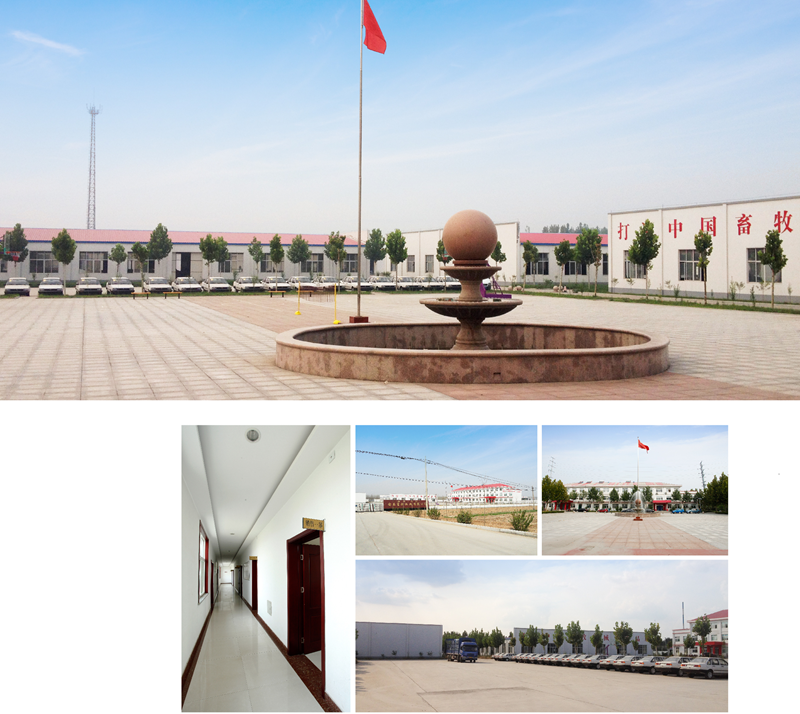
Shandong Huimin Qinle Livestock Machinery Co., Ltd. (formerly Shandong Huimin Qinle Livestock Machinery Factory) is a professional poultry equipment manufacturer with over 20 years of experience. We offer a comprehensive service package, from design (land and chicken coops), production (equipment and prefabricated steel coops), installation, commissioning, customer training, and after-sales service.
Located in Huimin County, Binzhou City, Shandong Province, China, the company has extensive experience in mechanical processing and manufacturing, as well as livestock machinery production and operation. With fixed assets of RMB 15 million, the company employs 160 people, including 30 R&D staff, and occupies a 40,000-square-meter factory. Equipped with over 110 pieces of advanced precision production equipment, including CNC machining centers and laser cutting machines, the company boasts a production capacity of RMB 50 million.
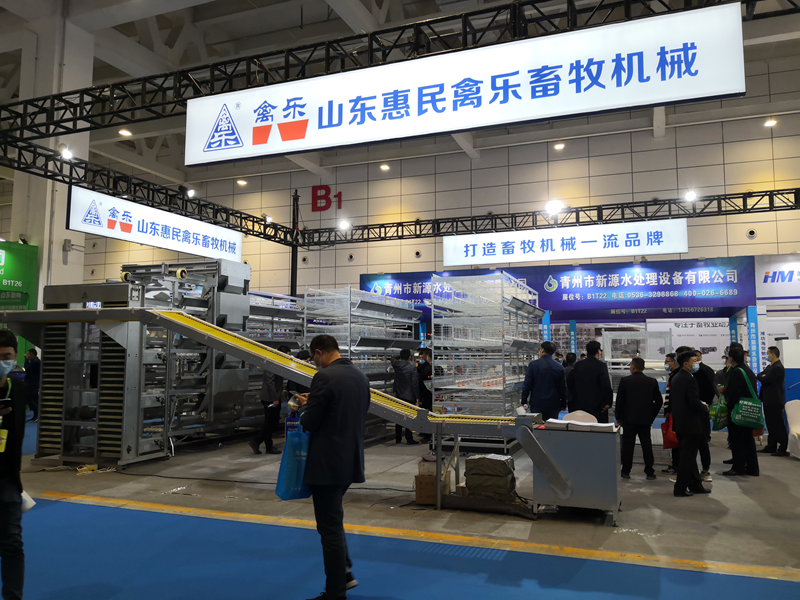


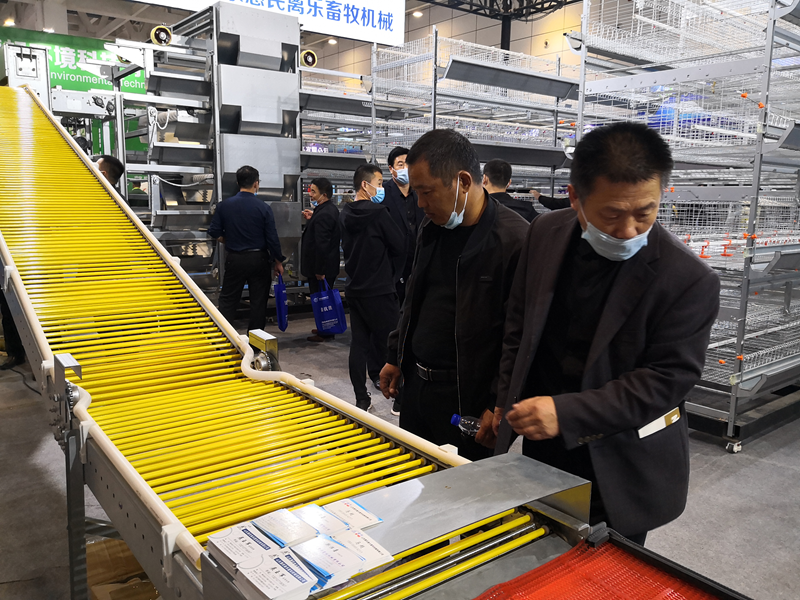
Chicken Farming Equipment Mesh Production Workshop

Machining Workshop

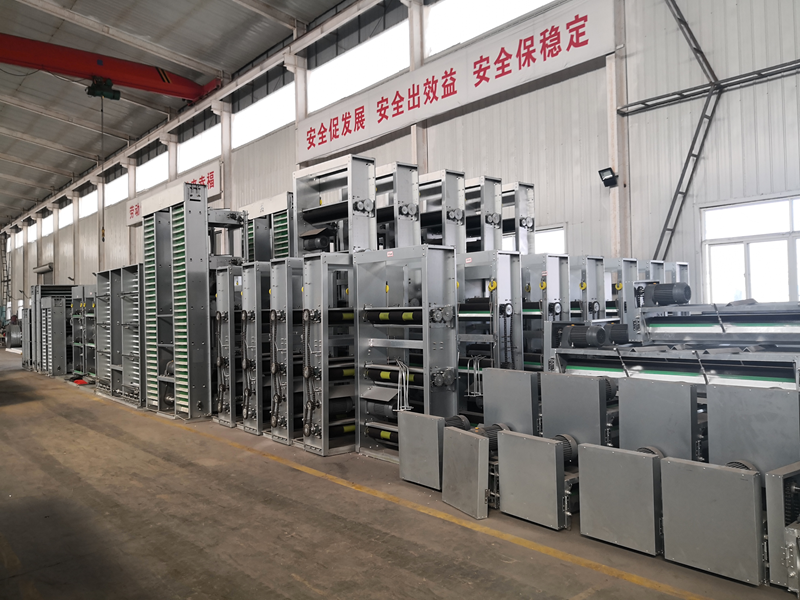
Turret-type CNC Punch Press, Laser Cutting and Other Machining Equipment



Fully Automated Roll Forming Production Line

Hot-dip Galvanizing Production Line

Electroplating Production Line

Environmental Protection Equipment

Chicken Farming Equipment Product Series
Egg-laying Hen Farming Equipment
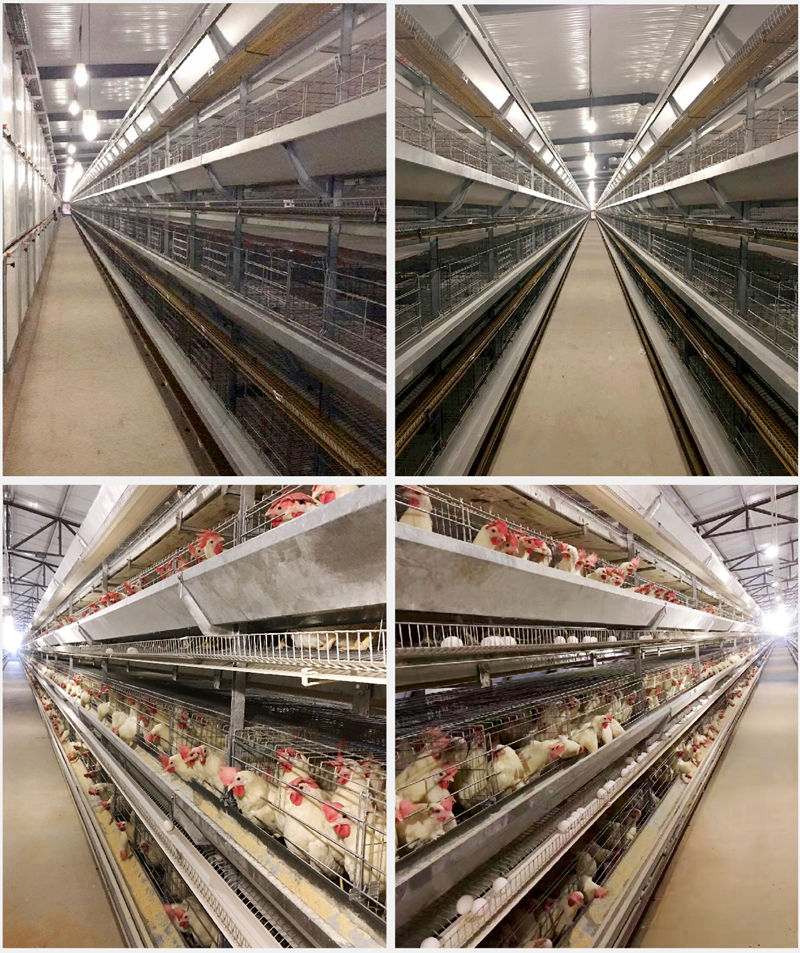
Stacked Brooding Cage Equipment

Stacked Broiler Cage Equipment
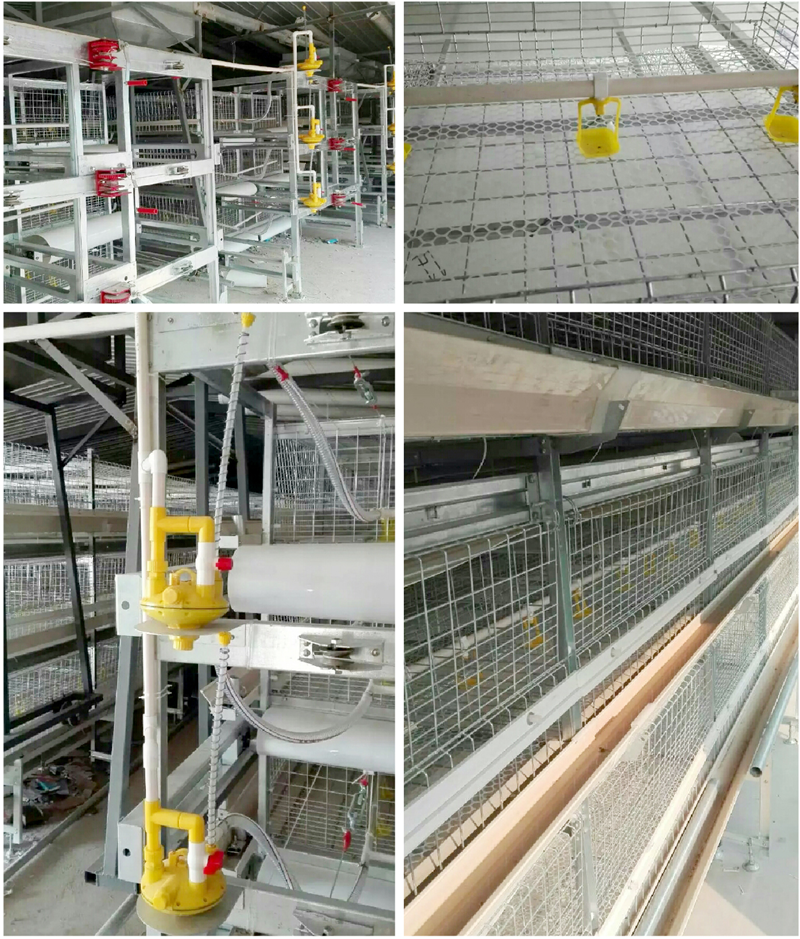
Stepped Layer Hen Cage Rearing Equipment
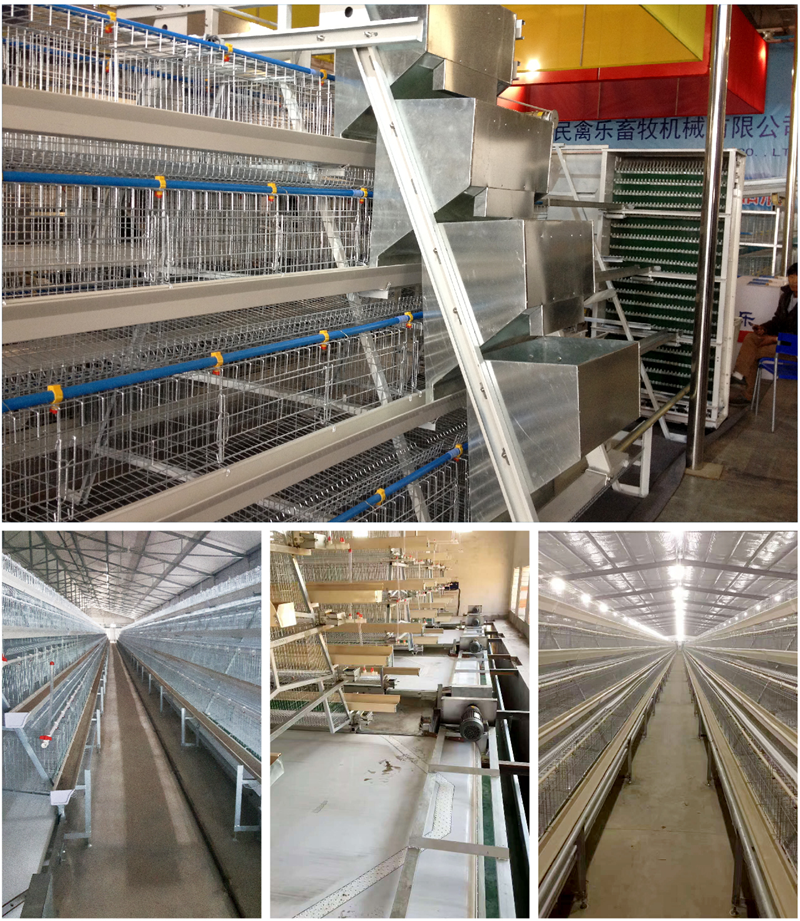
Automatic Egg Collection System

H-type Cage Feeding Machine
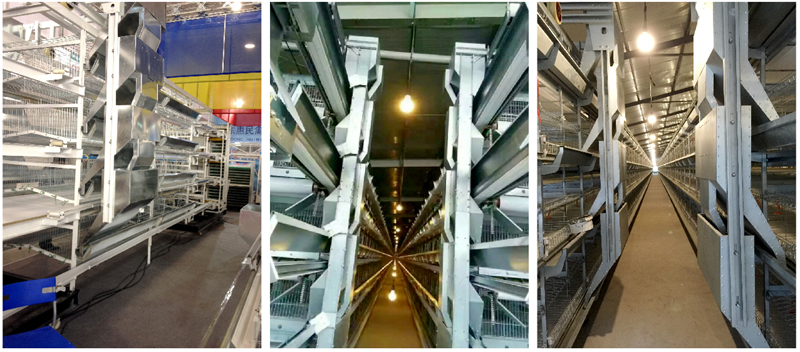
Stepped Cage Straddle Feeder
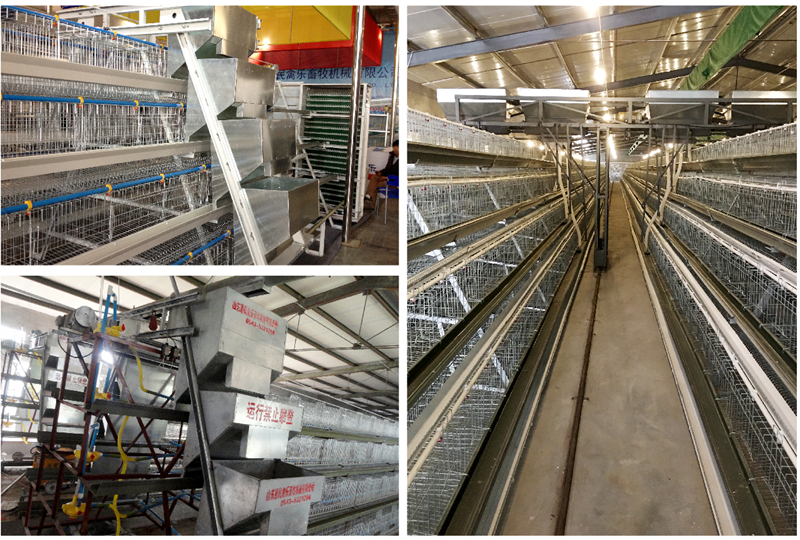
Manure Removal Machine

Fans, Heated Curtains, Environmental Control Systems, and Lighting Equipment
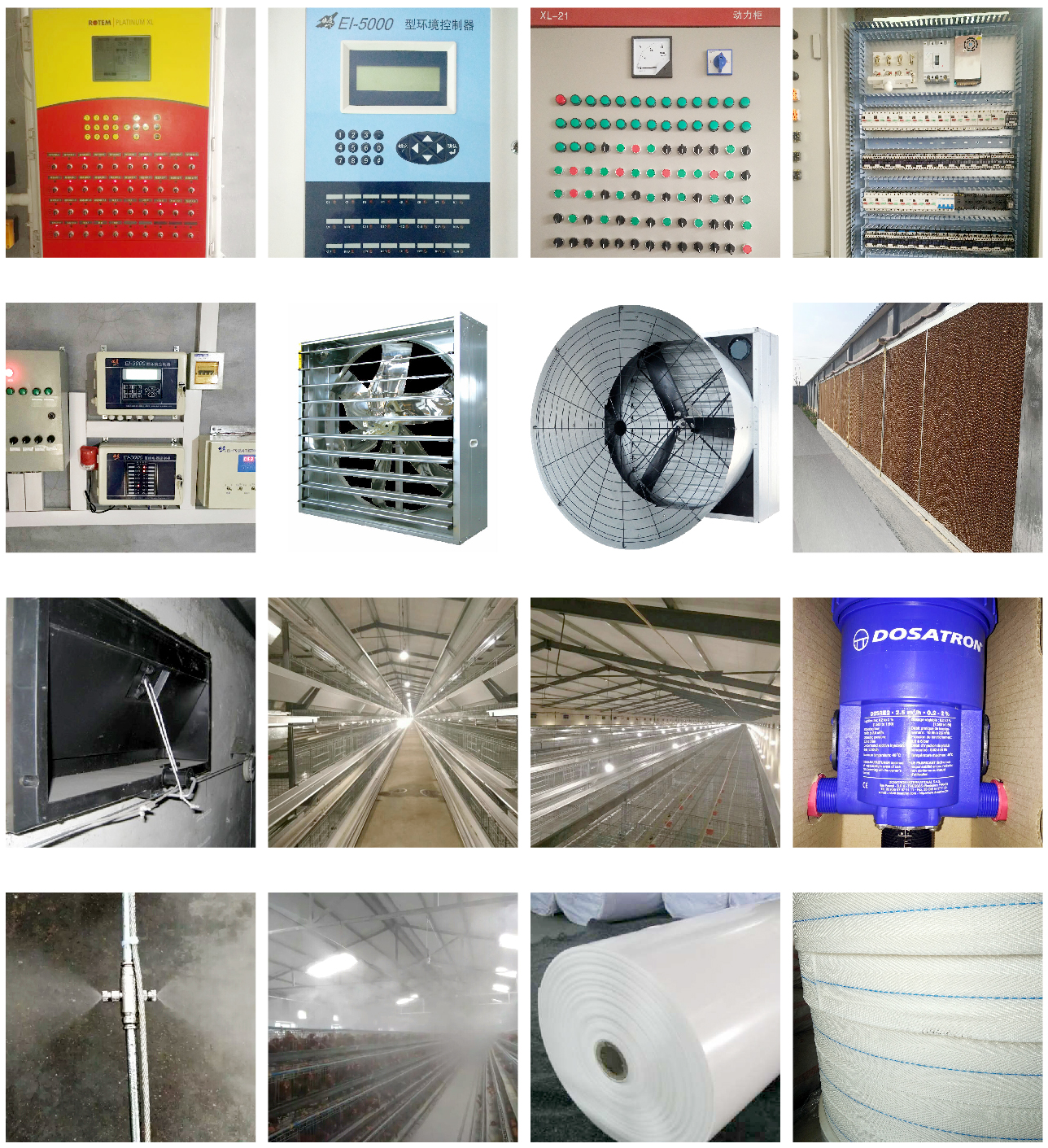
Complete Set of Equipment for Organic Fermentation Treatment of Manure


 Catalogue
Catalogue

































 ada apa
ada apa Telepon
Telepon